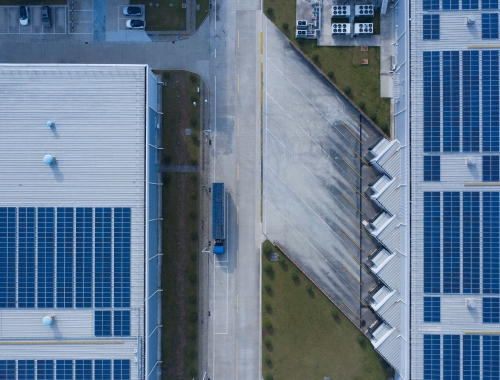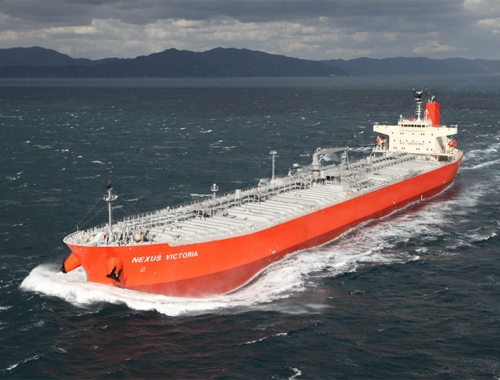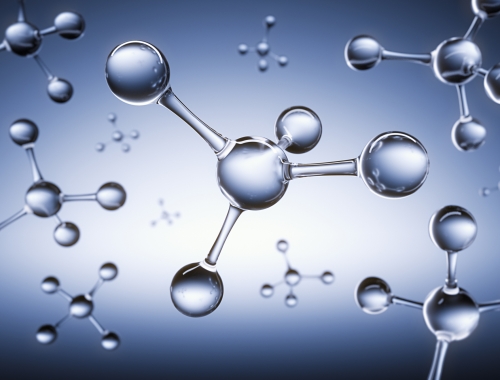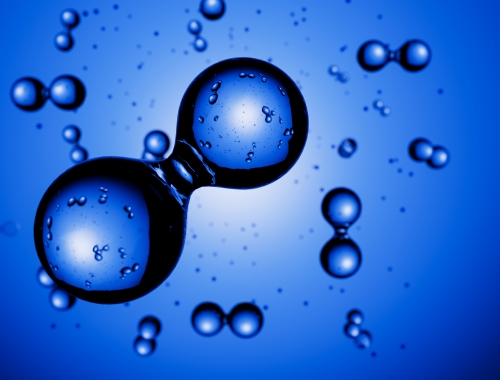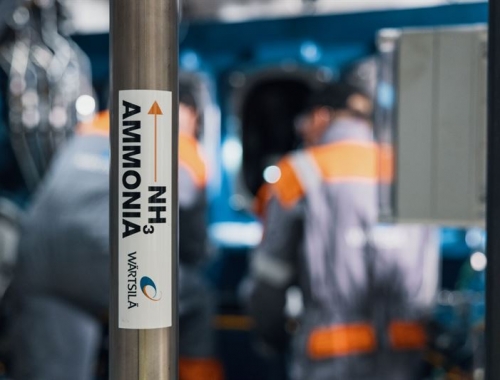GIIGNL announces framework for GHG-neutral LNG
SUMMARY
The IEA has said that increasing GHG neutral LNG trade will require greater transparency and a standardised system for monitoring, reporting and verifying.
By Joseph MurphyPOSTED IN:
The International Group of Liquefied Natural Gas Importers (GIIGNL) has announced a framework for accurately assessing whether LNG can be considered greenhouse gas (GHG) neutral, it announced on November 17.
The monitoring, reporting and verification and GHG neutral framework aims to provide a "verified and consistent" methodology for quantifying GHG emissions from across the entire value chain, from extraction of natural gas, liquefaction, shipping and gasification to final consumption, GIIGNL said. The group said it would provide a transparent practice for delivering GHG neutral cargoes, whereby those cargoes are accompanied by a statement detailing their emissions and how those emissions are offset when they cannot be avoided.
The trade of GHG neutral cargoes has grown significantly in recent years, although it still accounts for a very small share of overall trade. To encourage GHG neutral cargoes, the International Energy Agency has said that greater transparency and a standardised system of verifying monitoring, reporting and verifying emissions is needed.
“To fulfil the LNG industry’s critical and unique role in supporting the global economy to transition to net-zero emissions, it is imperative that our sector consistently and collaboratively accounts for emissions across the entire value chain,” GIIGNL president Jean Abiteboul said. "Alongside reducing and offsetting overall emissions, it is our intention that the framework assists the industry in demonstrating greater transparency.”
Abiteboul called on the gas industry to use the framework, but said it was understandable that "alignment will take time as industry participants build necessary resources and capabilities."
"We look forward to working with all stakeholders so that the global community has the best chance of reaching net-zero climate goals," he said.

